If rumors are anything to go by, Nvidia is set to launch its upcoming offering in the 40-series GPUs – the RTX 4050 – in June 2023. Along with the RTX 4060 Ti, the benchmarks for the RTX 4050 have been out and about for a while now.
It has been noted that the timeframe approximated by Nvidia is somewhere around May for the performance-mainstream 4060 Ti and June for the RTX 4050, which is set to be the budget version.
Recently, it was leaked on Twitter by the reputed hardware leaker @Zed__Wang that release dates for the desktop versions of the 4060Ti are at the end of May, for the 4050 it is June, and for 4060 it is yet to be announced. In reply to a comment, he mentioned that the RTX 4050 would boast a 6GB VRAM and a 96-bit bus.
Powered by their latest ADA Lovelace Technology, the 4050 is on the lower side of the offerings coming up with the said technology. Those with deeper pockets should try the 4060 or the 4060 Ti.
It’s only fair to compare the previous generation RTX 3050, which has 8GB of memory and a 192-bit bus interface. This is yet another one of Nvidia’s bizarre choices that make no sense immediately.
In simplified language, memory bandwidth for a bus interface is analogous to lanes in a highway. It allows the video card to draw higher-quality images.
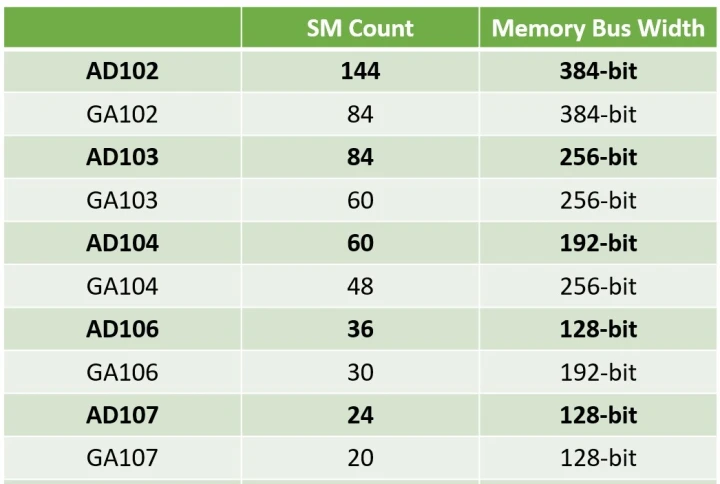
We run the risk of what’s popularly called a “bottleneck” if we use a fast GPU with limited memory bandwidth, as it would be waiting for the slow VRAM. For the same reason, it makes no sense to get a slow GPU with very high bandwidth.
Thus, it could be sensible on Nvidia’s part to give the upcoming 4050 a reasonable number 96-bit bus width. It is also speculated that this could push the user higher up the pecking order of the 40-series GPUs towards the more expensive 4060 and 4060Ti.
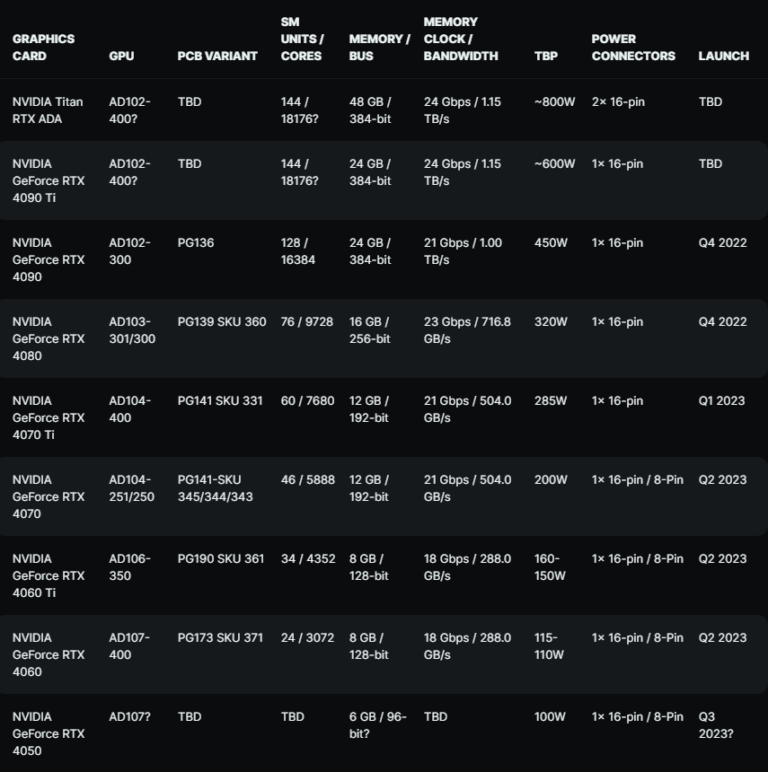
With most AAA games requiring at least 8GB and more in the coming days, the 4050 is probably targeted toward entry-level gamers or daily users who want an RTX GPU packing enough power for regular use.
It is speculated that the 4050 will borrow heavily from its laptop variant with 2560 CUDA Cores on both. It is also almost certain that the 4050 is using the AD107 GPU, which could very well be a cut-down version, given that the 4060 is expected to offer a full AD107 silicon.
The only benefit it will offer is the faster Ray Tracing and Nvidia’s in-house DLSS 3.0 technology for titles like Cyberpunk 2077.
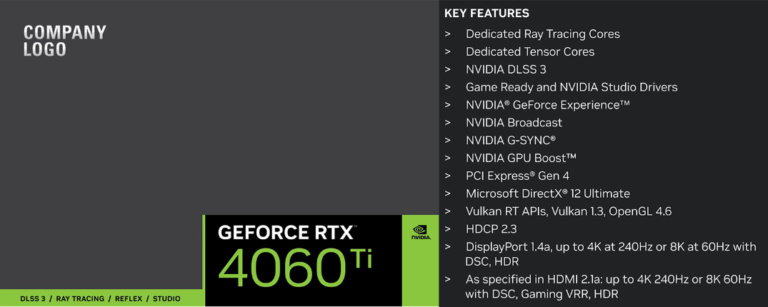
As shared by @Zed__Waang, there’s a template ready for the 4060 Ti packages distributed amongst the card manufacturers. It provides little detail and almost no insight into the card’s specifications.

It is almost certain that the launch is just around the corner. This is further consolidated by the fact that at a 2022 press event, manufacturer GALAX had a box of the 4050 on display under “Upcoming Graphics Cards.”
Although all of this is a rumor and speculation at best, there’s very little chance that Nvidia will retrace its steps and remove the card from the launch roadmap.
About Nvidia
NVIDIA Corporation is an American multinational technology company incorporated in Delaware, based in Santa Clara, California. They design graphics processing units (GPUs) for the gaming and professional markets, as well as system on chip units (SoCs) for the mobile computing and automotive market.
Best known for the “GeForce” lines of GPUs, they are a direct competitor to AMD’s “Radeon” series. NVIDIA has also expanded its offerings with its handheld game consoles Shield Portable, Shield Tablet, and Shield Android TV and its cloud gaming service GeForce Now.
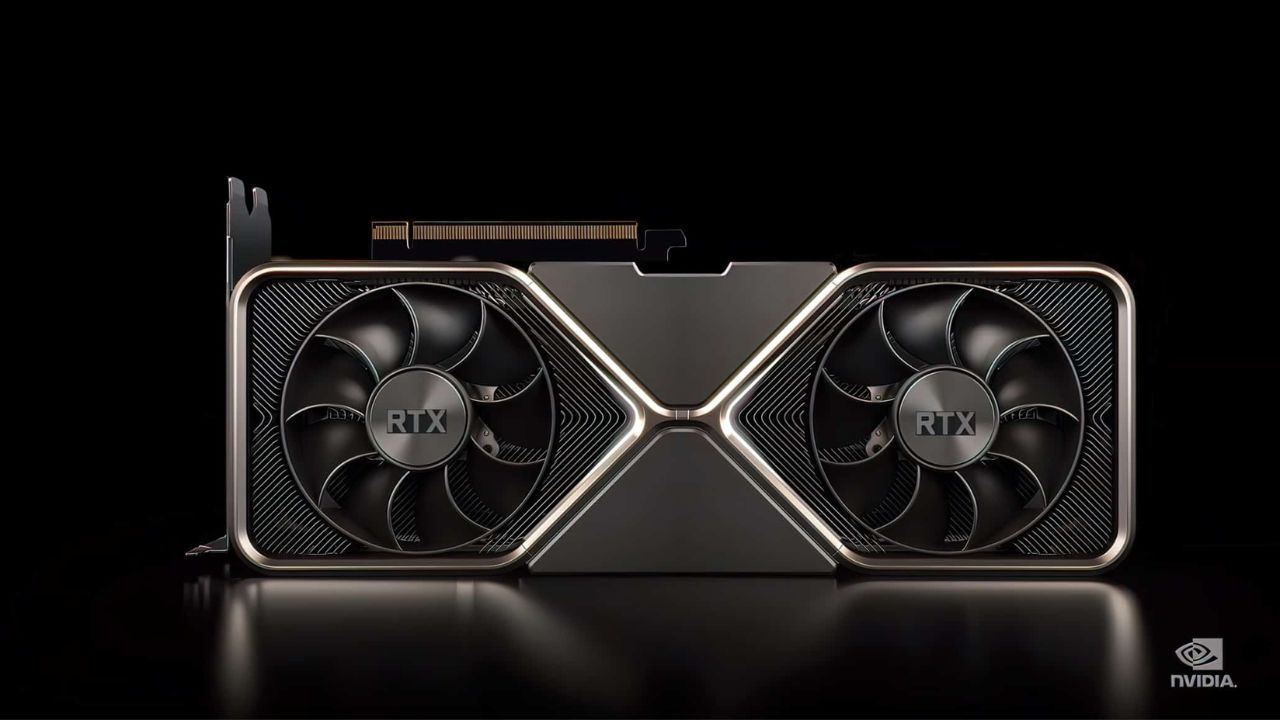
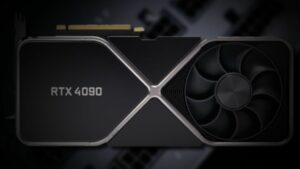



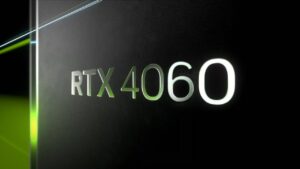
No Comments on Nvidia RTX 4050 set to be an “entry-level” desktop GPU with 6GB VRAM